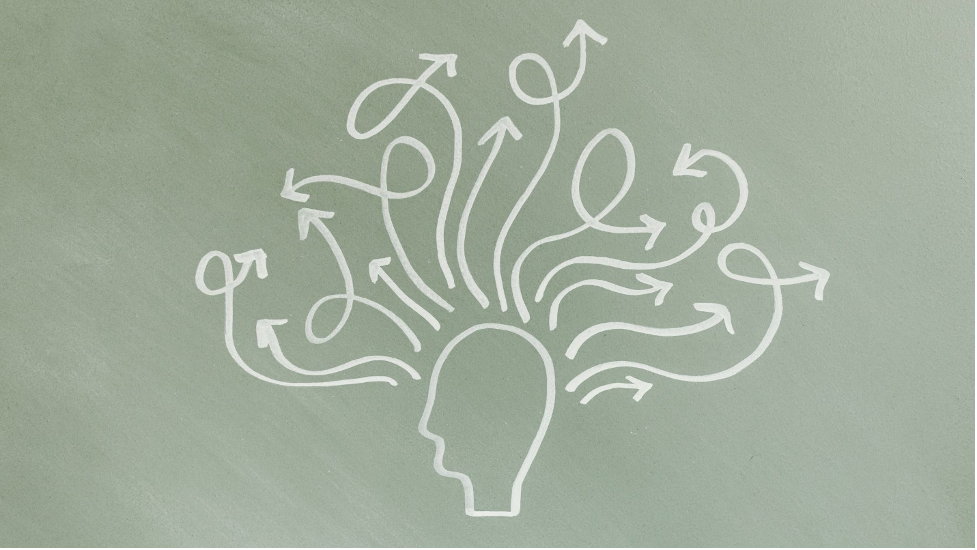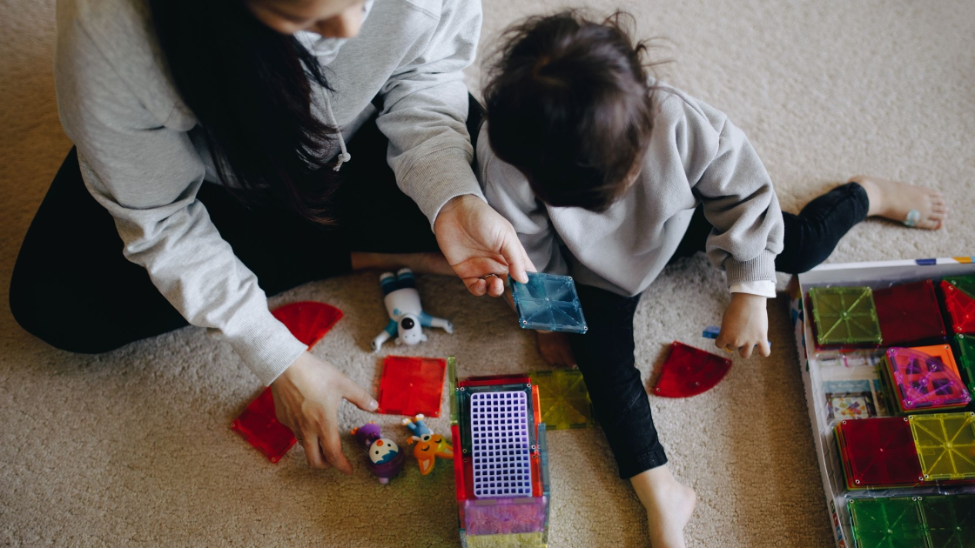ASD and ADHD are a complicated combination. For example, both of these conditions can result from a number of different factors, including genetics, prenatal and postnatal stressors, anxiety or depression, and other mental health issues. But that doesn’t mean that there isn’t hope for children with these disorders. Once you understand the differences between ASD (Autism Spectrum Disorder) and ADHD (Attention-Deficit Hyperactivity Disorder), you’ll be better equipped to help your child while they navigate these challenges — and learn how to stand up to them on their own terms. This article will introduce you to the most important terms you’ll need to know about ASD & ADHD in order to better understand this challenging relationship.
What is Autism Spectrum Disorder?
Autism Spectrum Disorder (ASD), also known as Autism, is a condition that is marked by unusual skills and behaviors. These may include difficulties with emotions, language, and social interaction. Though the exact causes of ASD are unknown, many experts believe that a combination of genes and environment causes the condition. This is why having a “screen” is important: a child may have ASD, but not be able to show it on the outside because the “autism code” is turned off. However, this doesn’t mean that a child with ASD is “randomly” smart or “has” ASD. It simply means that they may have different abilities than others — or nothing at all!

What is ADHD?
Attention-Deficit Hyperactivity Disorder (ADHD) is a condition in which a person has a combination of symptoms that include hyperactivity, impulsivity, and inattention. While the exact causes are unknown, it’s believed that a combination of genetics and environment causes ADHD. This is why having a “screen” is important too: a child may have ADHD, but not show it on the outside because it’s being “switched off” by the “autism code”.

The Difference Between ASD and ADHD
You may have heard that the two Conditions are almost identical. This couldn’t be further from the truth! There are a number of important differences between the two disorders that will help you and your child stand a better chance of success. For example, while most people with Autism Spectrum Disorder (ASD) show symptoms by the age of three, symptoms of ADHD begin to show at about age seven. This means that even though both disorders begin to show up around this age, it’s much easier to deal with ASD as an adult than ADHD as a child. Additionally, many people with ASD also have allergies and asthma. People with ADHD, on the other hand, don’t usually have these conditions.

How to Help Your Child with Autism or ADHD
The first thing you need to do is get educated about the difference between ASD and ADHD. Here are a few resources: Books: If you have a child who is on the Autism Spectrum, or you’re interested in learning more about the condition, you should check out books about ASD and ADHD. While you won’t be able to understand everything in these books, you can get a feel for the condition through the characters and topics. Online: There are a number of sites and apps that can help you learn more about ASD and ADHD. You can look up symptoms and conditions that your child has, check out the best practices for your state and city, and more. Self-examinations: Parents often find self-examinations helpful when it comes to diagnosing and managing disorders. This is where you, as the parent, look in order to find out almost everything you can about your child’s condition.
Tips for Building Better Relationships with Your Child on the Autism Spectrum
If you want to help your child with autism or ADHD navigate the relationships, social situations, and grades, here are some tips:
Don’t over-think it. Don’t try to put all the pieces together in your head and come up with perfect explanations for everything. Just accept that you and your child might not understand each other perfectly and focus on the areas of common interest. Don’t try to put all the pieces together in your head and come up with perfect explanations for everything. Just accept that you and your child might not understand each other perfectly and focus on the areas of common interest. Remember to communicate. Even if you think you understand a situation perfectly, communicate with your child. Accept that you don’t know everything. It’s okay to say, “I don’t know.” Even if you have everything pinpointed down to the last detail. Don’t take anything for granted. You deserve to be treated with respect and equality when it comes to going to the bathroom, eating a snack, etc. Accept that you’re going to have to share a room with someone, and make sure that person has something to eat too.

Conclusion
As you can see, there are a number of important differences between ASD and ADHD that will help you and your child stand a better chance of success. When you understand these differences, you’ll be better prepared to help your child while they navigate these challenges — and learn how to stand up to them on their own terms.

